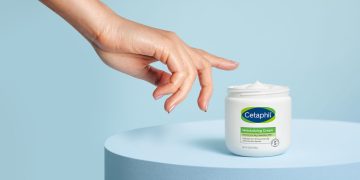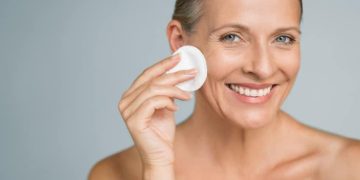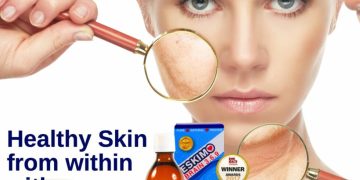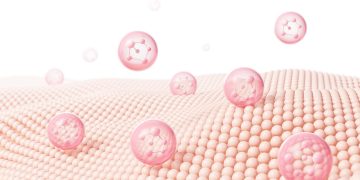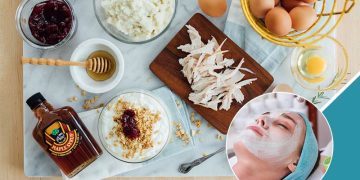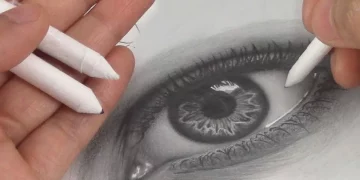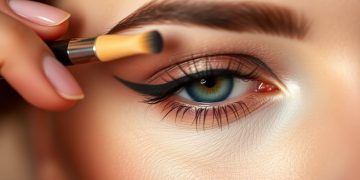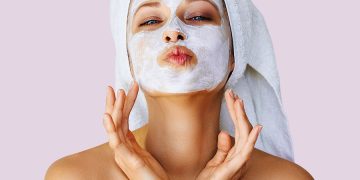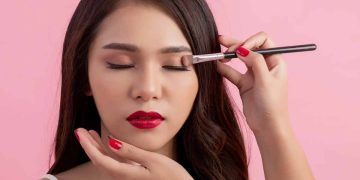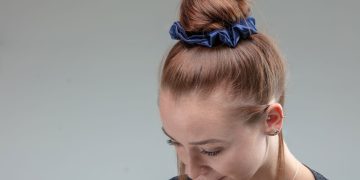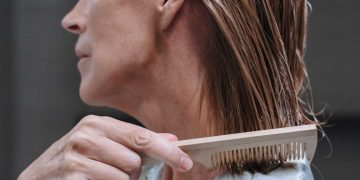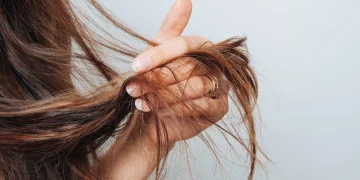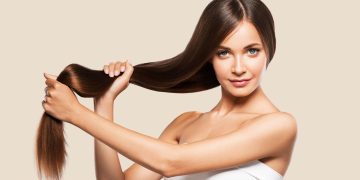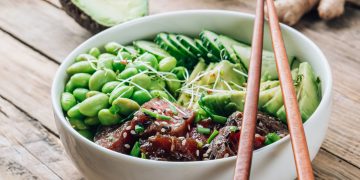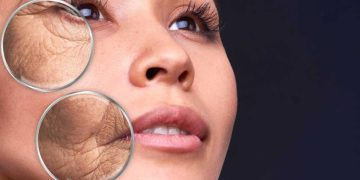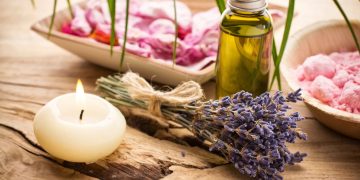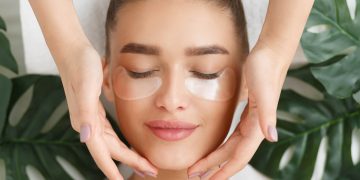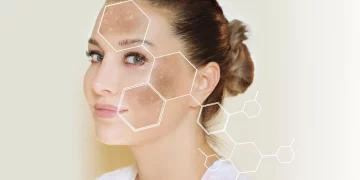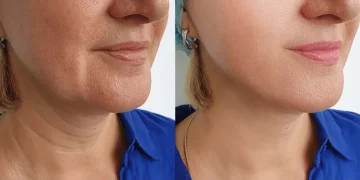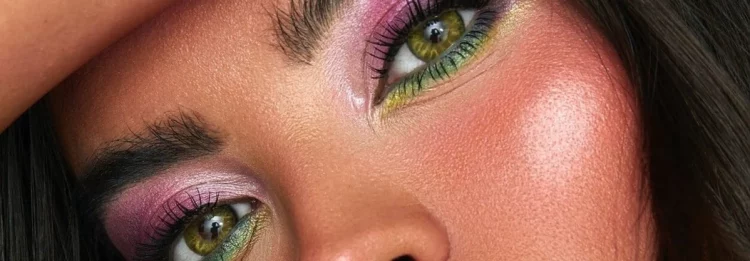Introduction
In today’s fast-paced world, time is precious. Whether you’re juggling work, social engagements, or family commitments, spending too much time on your makeup routine isn’t always an option. But how do you achieve that flawless look without spending an hour in front of the mirror or dealing with makeup piling up? The key is to simplify your makeup routine while still looking polished.
Makeup piling up, or what many people refer to as cakey or heavy makeup, is a common issue, especially when products aren’t applied correctly or too many layers are used. This leads to a buildup of product on the skin, resulting in a thick, uncomfortable feel. Fortunately, with the right steps and products, you can achieve a smooth, natural finish while avoiding the dreaded makeup build-up.
In this article, we’ll explore how to streamline your makeup routine, optimize your products, and use simple techniques to create a flawless look that stays natural all day. You don’t need an overly complicated regimen to look great—efficiency is key!
1. Start with a Clean, Hydrated Canvas
The Importance of Skin Preparation
The foundation of a flawless makeup look is healthy, well-prepared skin. Before even thinking about your makeup products, it’s crucial to take the time to cleanse and hydrate your skin properly.
Why Does Skin Prep Matter?
- Prevents Makeup From Caking: When your skin is properly moisturized, makeup applies more smoothly and doesn’t cling to dry patches.
- Prolongs Makeup Wear: A well-hydrated canvas ensures your makeup lasts longer and stays fresh, without getting oily or cakey.
- Improves Product Absorption: Skincare products, like serums or primers, will absorb better into the skin when it’s clean and hydrated.
Simplifying Skin Prep:
- Step 1: Cleanser: Use a gentle, hydrating cleanser to remove dirt, oil, and impurities.
- Step 2: Moisturizer: Choose a lightweight, hydrating moisturizer that suits your skin type (gel for oily skin, cream for dry skin).
- Step 3: Primer (Optional): If you need extra help with smoothness or longevity, a lightweight primer can ensure that your makeup stays in place without piling up. Avoid heavy, silicone-based primers if you’re trying to keep things simple.
2. Choose Multi-Tasking Products
The Power of Multi-Use Makeup Products
To avoid product overload, switch to multi-purpose products that serve more than one function. This way, you reduce the number of products and tools you need, which can ultimately save you time and prevent your makeup from building up.
Examples of Multi-Tasking Products:
- Tinted Moisturizer or BB Cream: These products combine skincare and foundation in one. They hydrate, protect with SPF, and even out the skin tone without the heavy feel of a full-coverage foundation.
- Blush, Lip & Eye Multi-Stick: Instead of using separate blush, eyeshadow, and lipstick, a versatile stick can serve all three purposes. It’s perfect for quick application and looks cohesive across your face.
- Highlighter + Primer: Some primers have illuminating properties, providing you with a soft glow while prepping your skin for makeup. You can skip separate highlighters for a fresher, dewy look.
Benefits of Multi-Tasking Products:
- Less Product Build-Up: Fewer products mean fewer layers and a more natural finish.
- Faster Application: Save time by combining multiple steps into one.
- Compact & Travel-Friendly: Multi-use products are usually more portable, reducing the need for a makeup bag full of items.
3. Apply Products in the Correct Order
Layering Your Products Efficiently
The order in which you apply makeup can significantly affect how it looks and wears throughout the day. Improper layering often leads to product separation or makeup piling up. Here’s a simplified order of application to avoid that issue:
- Skincare First: Start with a clean, moisturized base. Let your skincare products fully absorb before applying makeup.
- Primer: Apply primer only where necessary. For example, if you have oily skin, focus on your T-zone. If you want a dewy finish, focus on areas like your cheekbones.
- Foundation: Choose a lightweight foundation, BB cream, or tinted moisturizer. Apply in thin layers, building up only where needed. Avoid applying foundation to areas that don’t need much coverage.
- Concealer: Apply only where necessary (under the eyes, on blemishes). Be sure to blend well, so it doesn’t sit heavily on the skin.
- Powder: Use a translucent powder sparingly to set your makeup. Avoid over-powdering, as it can lead to a cakey finish. Instead, use a small, fluffy brush to lightly dust the product where you get oily (usually the T-zone).
- Blush, Highlighter, and Bronzer: Apply blush and bronzer lightly using a fluffy brush. For highlighter, apply with a light hand on the high points of your face (cheekbones, nose bridge, and cupid’s bow).
- Eyes & Lips: Finish off with your eyeshadow, eyeliner, mascara, and lip products.
The Key: The goal is to apply in thin layers, building up coverage only where necessary. This prevents your makeup from looking heavy or “piled up.”
4. Avoid Using Too Many Layers of Product
More Isn’t Always Better
It’s tempting to layer on multiple products for full coverage, but this often results in makeup buildup. To avoid this, focus on strategic application rather than applying every product in your makeup bag.
Key Tips:
- Foundation: Use a lightweight foundation, and only build up coverage where needed (like on blemishes or redness).
- Concealer: Avoid over-applying concealer. A little goes a long way, especially if you’re blending well.
- Powder: Focus on setting your T-zone to control shine and skip powdering areas that don’t need it (like dry patches or under your eyes).
- Blush/Bronzer: Use a soft hand to apply blush and bronzer, and make sure to blend thoroughly. Too much product can lead to an unnatural, caked-on look.
The Less Is More Principle:
- Focus on Areas of Concern: Don’t feel the need to cover your entire face with makeup. Apply only where necessary to let your skin breathe and avoid a heavy finish.
- Less Powder: Powder products, such as blush and bronzer, can often cake up, so use them lightly and blend them well.

5. Choose Lightweight and Long-Lasting Formulas
Opt for Weightless, Long-Lasting Products
Heavy formulas are more prone to piling up, especially if you’re layering them over one another. To keep your makeup fresh and lightweight, opt for products that offer both coverage and longevity without the added weight.
Examples of Lightweight, Long-Lasting Products:
- BB or CC Cream: These provide light-to-medium coverage while offering skincare benefits.
- Powder Blush and Bronzer: Powder formulas tend to be more lightweight compared to creams, and they also last longer on the skin.
- Gel or Cream Eyeshadow: These textures often provide a smooth, non-creasy finish without caking up.
- Setting Sprays: Use a light setting spray to lock in your makeup and prevent it from getting heavy or separating over time.
Why Long-Lasting Products Help:
- Prevents Touch-Ups: Long-lasting formulas reduce the need for multiple touch-ups, which can often lead to product buildup.
- Maintains Freshness: You’ll spend less time worrying about your makeup settling into fine lines or feeling cakey.
6. Use the Right Brushes and Tools
Tools Matter: Less is More
The right tools can make or break your makeup application. Using the wrong brush or sponge can cause makeup to streak or pile up, while the right tools can help you achieve a smooth, seamless finish.
- Fluffy Brushes for Blending: Use soft, fluffy brushes to apply foundation, blush, bronzer, and eyeshadow. This ensures even blending and prevents product buildup.
- Beauty Sponges for Smooth Finish: A damp beauty sponge helps apply foundation and concealer in light layers, blending the product into the skin for a natural finish.
- Smaller Brushes for Precision: Use smaller brushes for detailed areas, like your under-eyes, nose, and jawline, to ensure you don’t apply too much product.
Cleaning Your Tools:
Always clean your brushes regularly. Dirty brushes can carry excess product and bacteria, leading to streaky or patchy makeup application. Clean them with brush cleaner or mild soap once a week.
7. Finish with a Setting Spray for a Natural, Long-Lasting Finish
Lock It All In with Setting Spray
A good setting spray does more than just lock your makeup in place—it helps melt all the layers together, preventing a cakey appearance. Setting sprays also add a touch of hydration and glow to your look.
How to Use Setting Spray:
- Hold the spray about 8-10 inches away from your face and mist in an X or T pattern.
- Let the product dry naturally, avoiding touching your face until fully dry.
Conclusion
Simplifying your makeup routine doesn’t mean compromising on results. By focusing on hydration, multi-tasking products, and proper application techniques, you can avoid product buildup and create a flawless, long-lasting look. The key to efficient makeup application is using the right tools, formulas, and layering techniques to ensure your makeup stays natural, fresh, and comfortable all day long.
By following these steps, you can create a more streamlined, efficient makeup routine that leaves you looking polished without the unnecessary pile-up of products. The goal is to embrace a less-is-more approach, so you can feel confident, beautiful, and ready to take on whatever the day brings!

